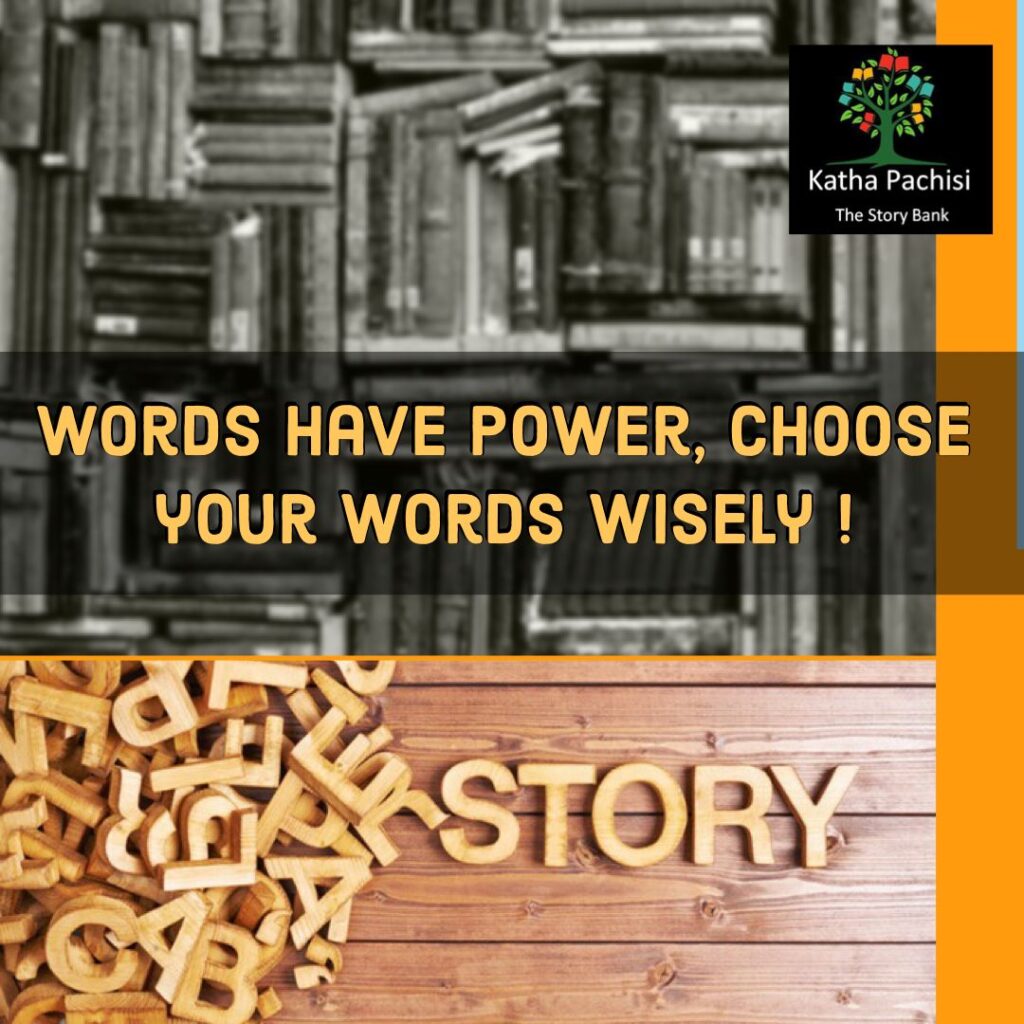
How to create an experience for your listener during storytelling to take your audience on journey of imagination and most importantly to form an emotional connect with them:
Use vivid language –
Vivid language consists of the descriptive adjectives that bring your experience to life for your audience & it makes your ideas unforgettable.
Example: Imagination of a child, faded ambitions
Use sensory words
Sensory words help to connect to the five senses (sight, sound, smell, taste, touch) to create an image or description.
Example: Thumping defeat, market came crashing down.
Use Metaphors –
Metaphors helps in comparison of two things, describing it more accurately.
Example: He is a shining star of this quarter, as bright as sun
Writers use metaphors to make writing more interesting. A metaphor expresses meaning that literal words cannot. Metaphors also make writing more concise. Storytellers use metaphors when they want to express a comparison but do not want to directly state that comparison. Metaphors allow for interpretation and layer meaning intext. Metaphors add layered meaning and interest to writing which reflects in script and in story narration. Choose a metaphor when you want to add greater significance to the text. Figurative language adds details and appeals to our senses.
Use Oxymoron –
An oxymoron is a combination of contradictory or incongruous words (such as cruel kindness). Oxymoron allows us to be creative in our descriptions. At times it also adds humor to our storytelling or our content. An oxymoron is a figure of speech that puts together opposite elements. The combination of these contradicting elements serves to reveal a paradox, confusion, or adds to humor element
Example: Organized mess, Jumbo shrimp, adult child, gorgeous monster, deafening silence, seriously funny
How to make stories stand out, memorable & engaging?
By infusing powerful words – add metaphors, use sensory words & use vivid language.
Words have power, choose your words wisely!
Published by – Monika Tandon

